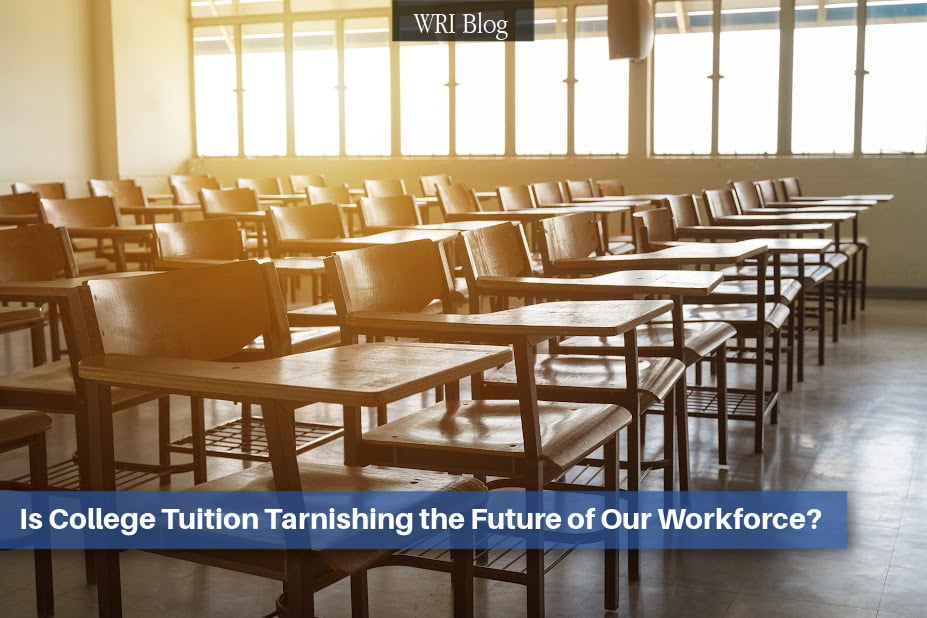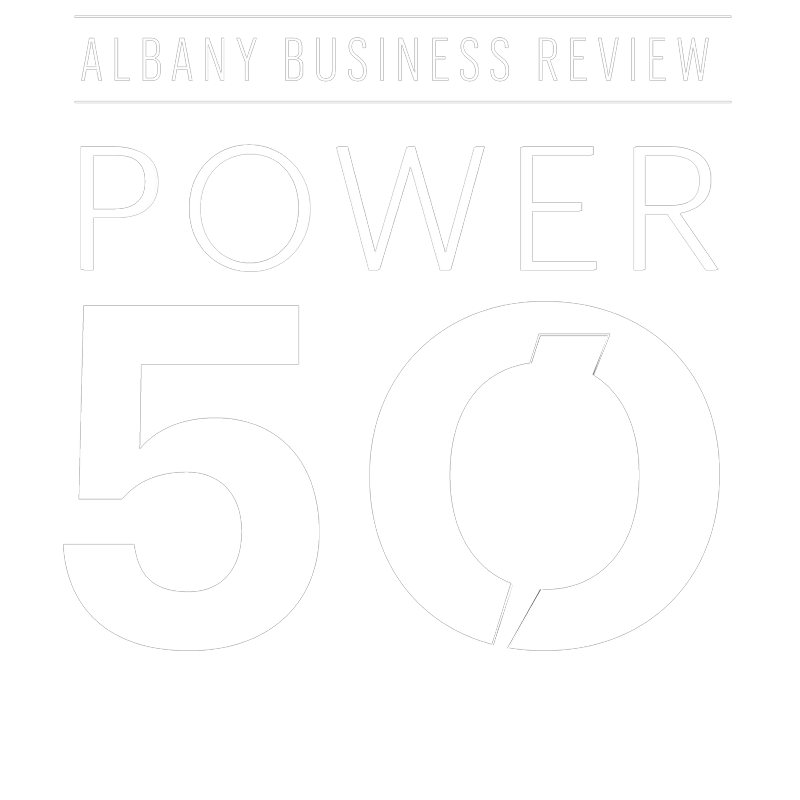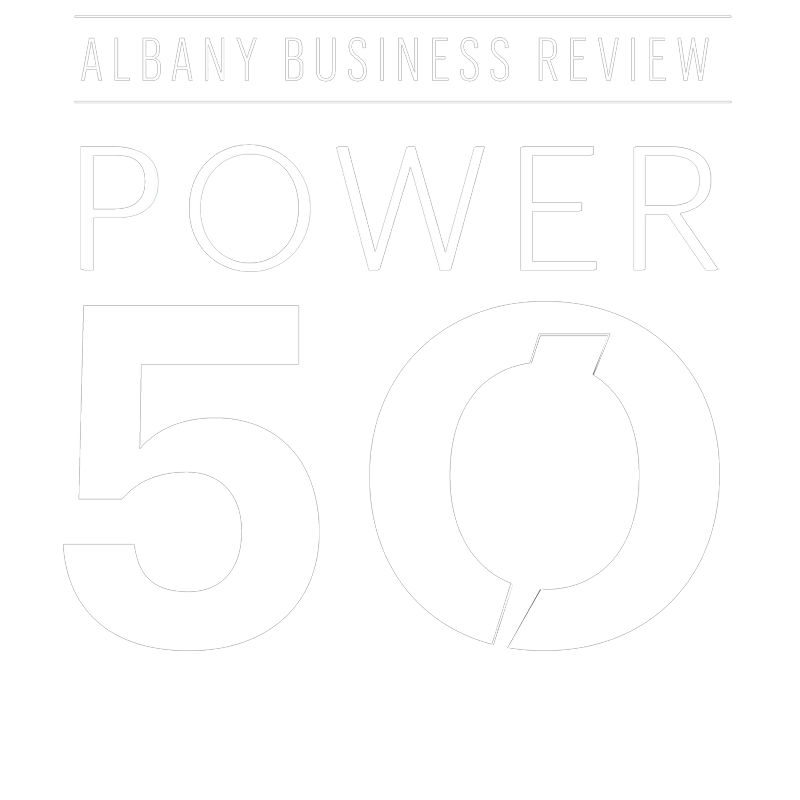According to a recent national report, higher-education enrollment has declined for the third consecutive year following the coronavirus pandemic. Though smaller than the previous year’s decline of 3.1%, the return to pre-pandemic enrollment is not happening as quickly as universities would like. Inflation paired with exorbitant tuition is likely deterring students from enrollment, and students are left questioning if the benefits are worth the investment.
Reports from the Education Data Initiative showed the average borrower will take nearly 20 years to satisfy their student loans as compared to the traditional 10. Graduates from the class of 2022 are projected to cut that time in half, paying roughly $45,000 in student debt if they make a monthly contribution of $345. That is a sizeable commitment for anyone considering rising inflation, let alone someone on an entry-level salary.
The average cost for tuition and fees among ranked private National Universities (i.e., Princeton, Harvard, Stanford) rose more than 130% since 2002. According to MorraLee Keller, Senior Director of Strategic Planning at the National College Attainment Network, the main source of income at a private institution is derived through tuition so the only way to accommodate inflation is to increase tuition. Whereas, Public universities rely on state support for a substantial share of their operating revenues.
One theory on increasing tuition calls on the minimal insight perspective students have into the true price and quality of the college product. In other well-functioning markets, consumers are provided the option to “comparison-shop.” In this instance, they can directly compare the cost with quality to determine the value they place on each, individual product, ultimately making an informed decision. Selecting a college is like buying a car – it’s not until you sit down with the billing department that you’re presented with an unreasonable amount of fees in addition to the “sticker price” that you originally agreed upon. While many colleges offer discounts upon mailing the acceptance letter, a lack of price transparency withholds students from comparing the cost to quality until their list has (already) significantly decreased. Many high school students apply to 3 colleges or fewer and an application, unfortunately, does not warrant acceptance putting applicants in an impossible position: pay our prices, or don’t go to college at all.
Average college tuition has nearly tripled in the past 50 years, and more frequently, students are opting out. Three colleges in New England have decided to do something about it.
- Colby-Sawyer College – President Susan D. Stuebner announced their plan to “offer a private education for a public college price.” For the 2023-2024 academic year, the school guarantees tuition of $17,500 vs. the previous $46,364 (over 60% cut) for four-year undergraduates.
- Vermont State University – Launching July 1, 2023, the university will unify Castleton University, Northern Vermont University, and Vermont Technical College into Vermont State University (VSU). The new University plans to decrease tuition by 15%.
- Lasell University – The private university plans to lower tuition from $42,630 to $26,000 and room and board from $16,500 to $13,500 for a standard double/triple dorm for the 2023-2024 academic year.
“By increasing transparency of real cost – we aim to stop the game of finding an affordable college education – so you can focus on the right college, the right community, and the right future for you” – Lasell University.
For assistance in your job search or your search for qualified candidates please contact us at (518) 275-4816.
LATEST READS FROM WALRATH RECRUITING:

